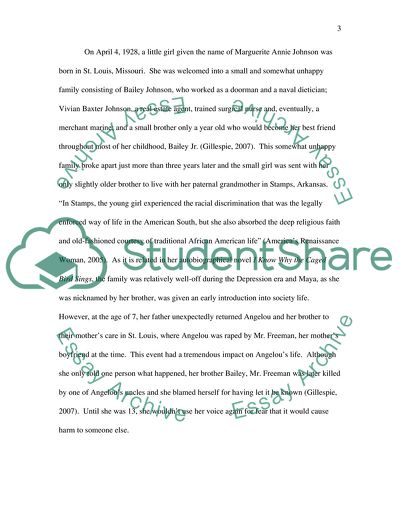Cite this document
(A True American Spirit of Maya Angelou Coursework - 1, n.d.)
A True American Spirit of Maya Angelou Coursework - 1. Retrieved from https://studentshare.org/biographies/1717623-maya-angelou
A True American Spirit of Maya Angelou Coursework - 1. Retrieved from https://studentshare.org/biographies/1717623-maya-angelou
(A True American Spirit of Maya Angelou Coursework - 1)
A True American Spirit of Maya Angelou Coursework - 1. https://studentshare.org/biographies/1717623-maya-angelou.
A True American Spirit of Maya Angelou Coursework - 1. https://studentshare.org/biographies/1717623-maya-angelou.
“A True American Spirit of Maya Angelou Coursework - 1”. https://studentshare.org/biographies/1717623-maya-angelou.


